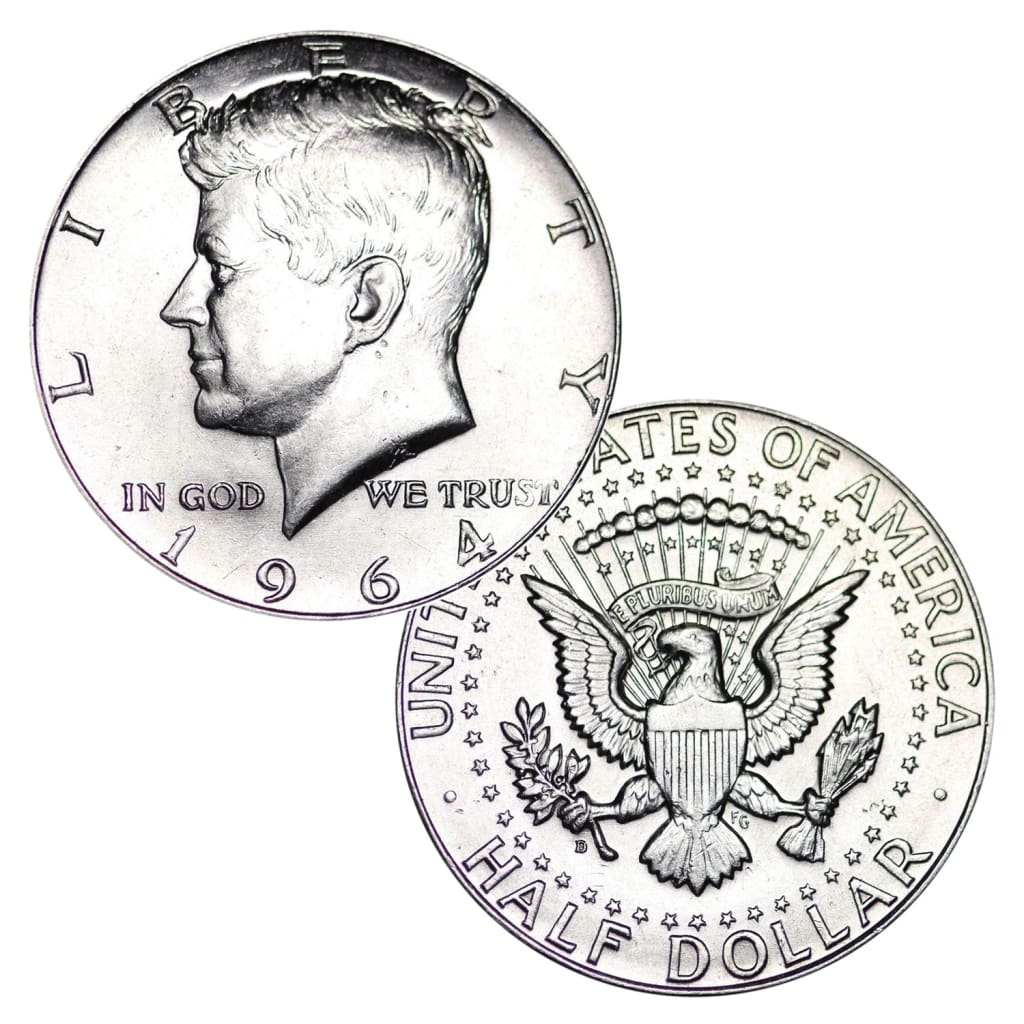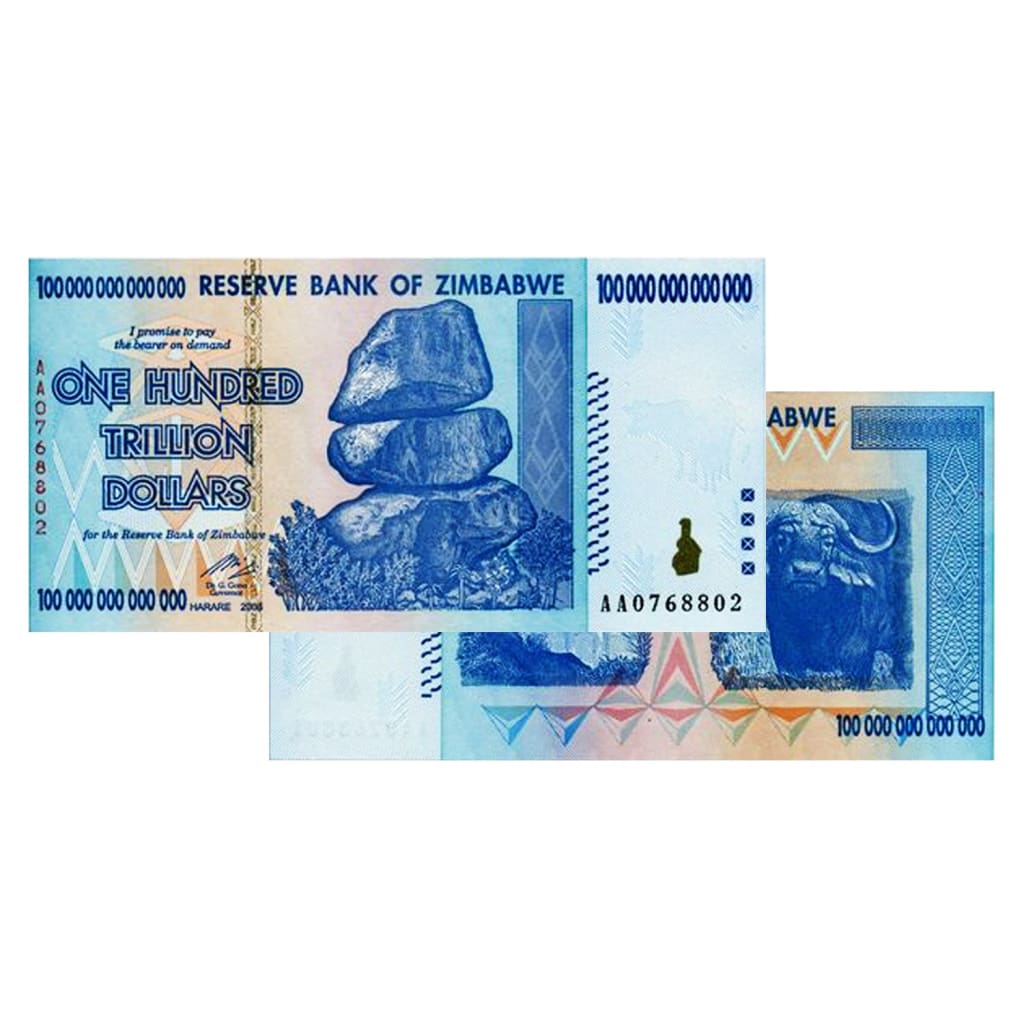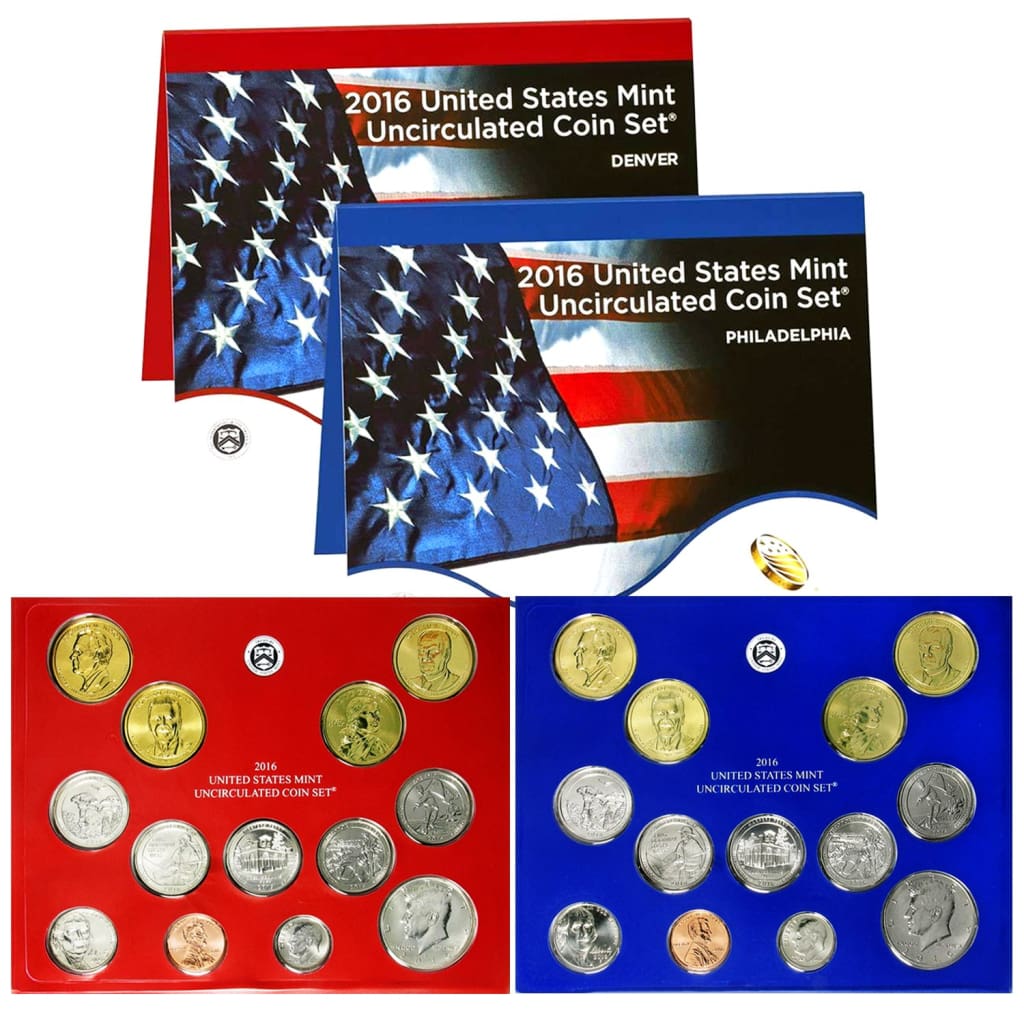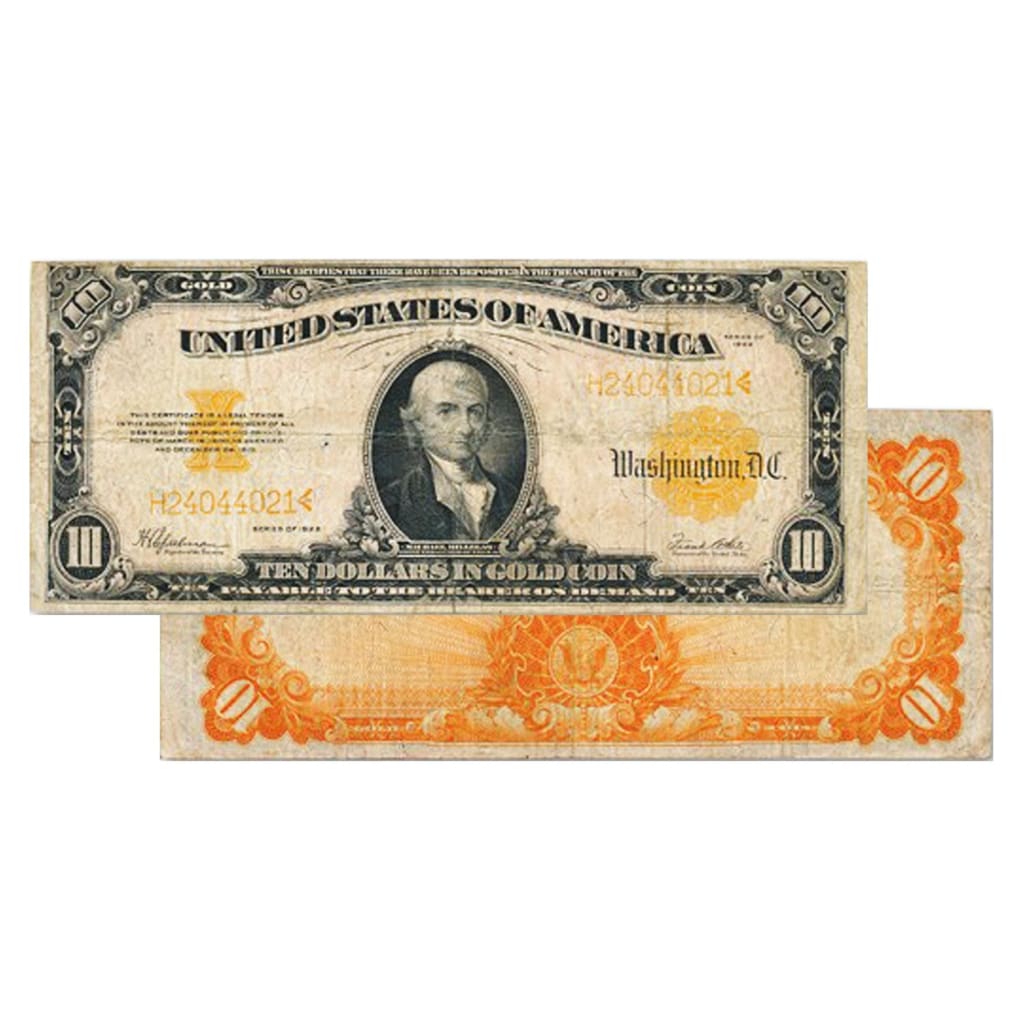When the Second U.S. Congress passed the Coinage Act of 1792, it based the nation’s currency on a decimal system instead of British fractional coinage. It established three coins at 1/10th, 1/100th, and 1/1,00th of a dollar and named them the disme, cent, and mill, respectively. While cents and dimes have been produced ever since, the mill coin was never minted due to its lack of value. The smallest coin officially minted was the half cent, worth 5 mills, produced by the Philadelphia mint from1793 to 1857.
The term disme came from an archaic French word meaning one-tenth and was only used on a limited number of coins minted in 1792 including some copper “pattern coins,” but never went into circulation. The first coins for circulation appeared in 1796 with the spelling changed to “dime.”
Since the dollar was produced with slightly less than one ounce of 88.9% silver (about 24 grams), the 1/10-dollar silver piece logically needed to be a tenth that weight, resulting in the dime being the smallest U.S. coin (other coins of lesser value had little or no silver, so they could be larger).
Early Dimes
Draped Bust Dime (1796-1807)
The first dime featured the same design as the other original coins, a portrait of Liberty on the face (obverse) and a small eagle perched on a cloud and surrounded by palm and olive branches. The 1796 coin had 15 stars representing the current number of states, with a star added in 1797 when Tennessee became a state. Seeing that adding stars could become a design problem, the mint director ordered dimes changed to 13 stars to reflect the original states. Thus, 1797 dimes were made with both 17 and 13 stars.
The Draped Bust dimes were minted with no indication of their value, presuming their size would be sufficient to distinguish them. The reverse design was changed from what was called the “scrawny eagle” to the Great Seal of the U.S. and that design continued through the end of production in 1807. In all, 31 variations of the Draped Bust dime were produced.
(Photo Credit: National Numismatic Collection, National Museum of American History https://en.wikipedia.org/wiki/Dime_(United_States_coin)#/media/File:NNC-US-1797-10C-Draped_Bust_(small_eagle).jpg "NNC-US-1797-10C-Draped Bust (small eagle)" by US Mint (coin), National Numismatic Collection (photograph by Jaclyn Nash) - National Numismatic Collection, National Museum of American History. Licensed under Public Domain via Commons - https://commons.wikimedia.org/wiki/File:NNC-US-1797-10C-Draped_Bust_(small_eagle).jpg#/media/File:NNC-US-1797-10C-Draped_Bust_(small_eagle).jpg)
(Photo Credit: https://en.wikipedia.org/wiki/Dime_(United_States_coin)#/media/File:NNC-US-1800-10C-Draped_Bust_(heraldic_eagle).jpg "NNC-US-1800-10C-Draped Bust (heraldic eagle)" by US Mint (coin), National Numismatic Collection (photograph by Jaclyn Nash) - National Numismatic Collection, National Museum of American History. Licensed under Public Domain via Commons - https://commons.wikimedia.org/wiki/File:NNC-US-1800-10C-Draped_Bust_(heraldic_eagle).jpg#/media/File:NNC-US-1800-10C-Draped_Bust_(heraldic_eagle).jpg)
Mid-19th Century Dimes
Capped Bust Dime (1809–1837)
The dime underwent an extensive design change in 1809. The reverse had a bald eagle holding three arrows and an olive branch, representing strength and peace, respectively. A U.S. shield with six horizontal lines and 13 vertical stripes covers the eagle’s breast. It has 10c. engraved on the bottom of the reverse side, making it the only dime coin produced with the value given in cents. The coin’s face has a bust of Liberty wearing an inscribed cap, giving the coin its name.
Coins minted through 1828 were struck without a restraining collar, giving them a wider look. When the mint’s chief engraver introduced the “close collar” minting method that year, subsequent coins were produced using that technique. It allowed for better automation and a thicker coin, but that required the diameter to be reduced by 3/10 mm in order to maintain the coin’s alloy weight. Hence, the early Capped Bust coins are known as large type and the later ones as small type. In all, 123 variations of the Capped Bust dime are known.
(Photo Credit: National Numismatic Collection, National Museum of American History. "NNC-US-1820-10C-Capped Bust" by US Mint (coin), National Numismatic Collection (photograph by Jaclyn Nash) - National Numismatic Collection, National Museum of American History. Licensed under Public Domain via Commons - https://commons.wikimedia.org/wiki/File:NNC-US-1820-10C-Capped_Bust.jpg#/media/File:NNC-US-1820-10C-Capped_Bust.jpg)
Seated Liberty Dime (1837–1891)
In 1837, the dime got another redesign, this time with a seated figure of Liberty reminiscent of English coins’ depiction of Britannia. Liberty is shown wearing a cap and seated on a rock. In her right hand is a staff and her left hand props up a shield with the inscription “Liberty.” The reverse was inscribed “One Dime” with a wreath surrounding the inscription. “United States of America” flowed around the outer edge. All inscriptions were in capital letters. All Seated Liberty dimes contain 90 percent silver and 10 percent copper, and are 17.9 millimeters (0.705 inch) in diameter.
Seated Liberty Dime varieties:
(Photo Credit: https://en.wikipedia.org/wiki/File:NNC-US-1853-10C-Seated_Liberty_(stars_%26_arrows).jpg)
Over the course of the coin’s 54-year life, several design variations were made. The date stamp varied in size and type style and 13 stars were added to the obverse in 1838. Arrowheads were placed on each side of the date in 1853 and 1873 to reflect changes in the coin’s mass, in the first case in response to rising silver prices and in the second to bring the weight in line with French coins for international trade.
In 1860, the United States inscription was moved to the face, replacing the stars, and the wreath on the reverse was changed from laurel to one of corn and wheat intertwined with maple and oak leaves. The five basic designs included other minor variations, the rarest of which are the 1873 and 1874 Carson City dimes with arrows and the 1873 CC dime without the arrows.
Gary Dyner is the owner of Great American Coin Company. Connect with him on Google+.





